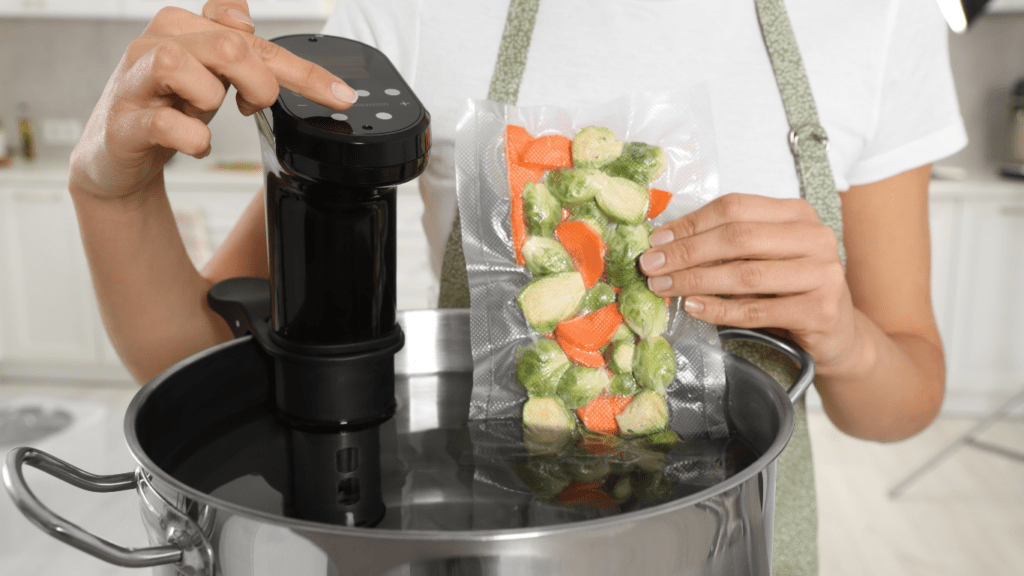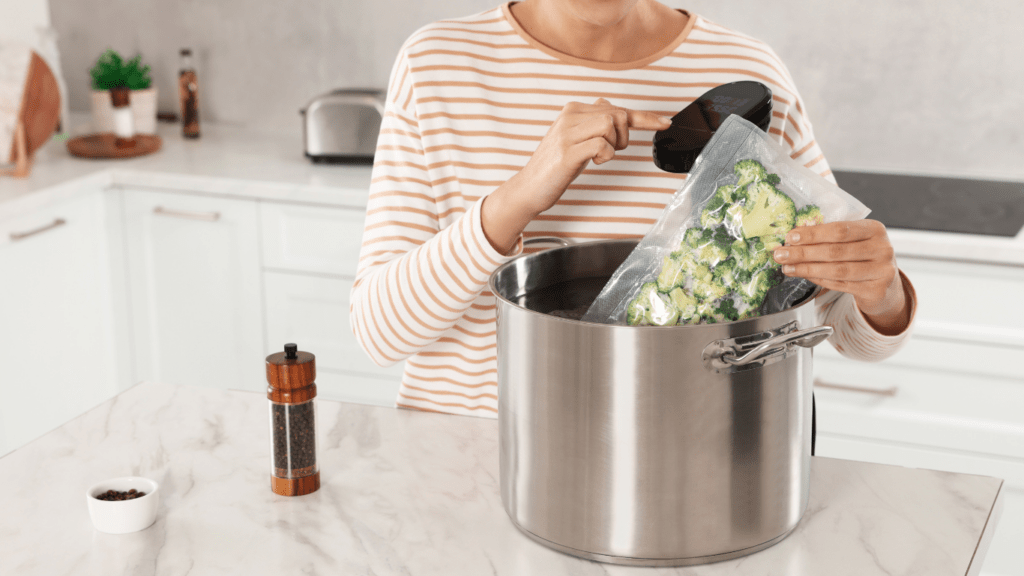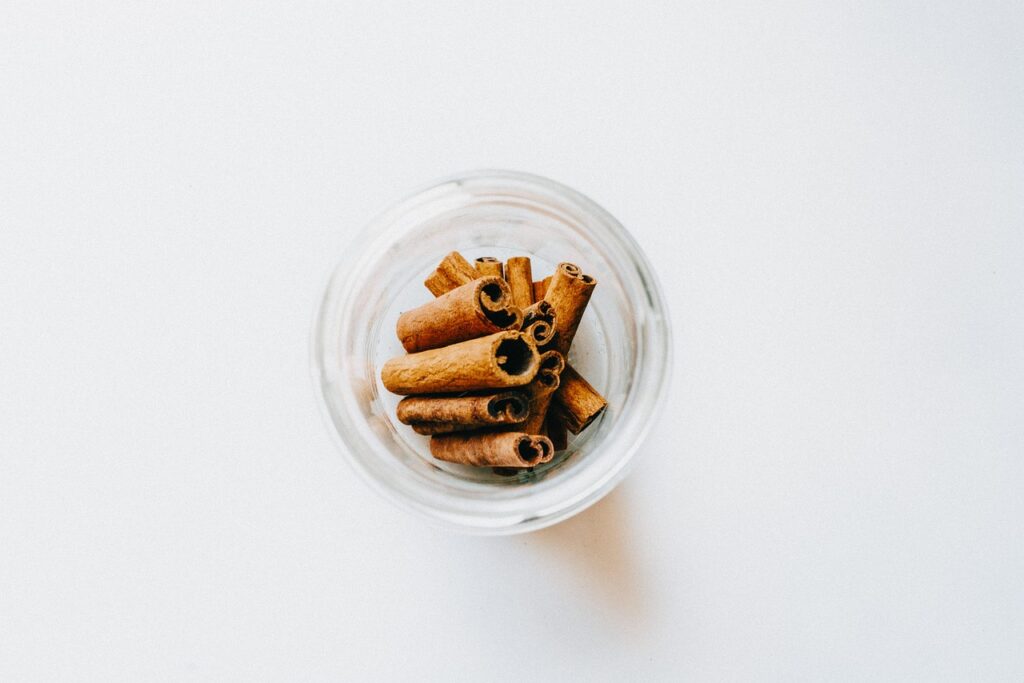Embarking on the journey of sous vide cooking can be both exciting and rewarding. As a cooking method that has gained popularity in recent years, sous vide offers precision and consistency, making it a favorite among home cooks and professional chefs alike.
In this article, I’ll share valuable tips and tricks to help beginners navigate the world of sous vide cooking with confidence.
From selecting the right equipment to mastering cooking times and temperatures, diving into sous vide can seem daunting at first. However, with the right guidance, you’ll soon discover how this technique can elevate your culinary creations to new heights.
Whether you’re a novice in the kitchen or a seasoned cook looking to expand your skills, mastering the art of sous vide cooking opens up a world of possibilities.
What is Sous Vide Cooking?
Sous vide cooking is a method that uses precise temperature control to deliver consistent, restaurant-quality results. I cook vacuum-sealed food in a water bath at a regulated temperature for an extended period.
It’s a cooking technique that ensures food is evenly cooked from edge to edge, retaining its moisture and flavors. This method is suitable for various types of food, including meats, vegetables, and desserts.
Essential Equipment for Sous Vide Cooking
When starting your sous vide cooking journey, having the right equipment is crucial to achieve optimal results. Here are the essential tools you’ll need:
- Sous Vide Machine: I highly recommend investing in a reliable sous vide machine for precision temperature control.
- Vacuum Sealer: To properly prepare your ingredients for sous vide cooking, a vacuum sealer is a must-have tool.
Tips for Beginners in Sous Vide Cooking
As someone just starting with sous vide cooking, here are some essential tips to help you master this precise culinary technique:
- Invest in Quality Equipment: When beginning your sous vide journey, it’s crucial to invest in reliable equipment like a sous vide machine, immersion circulator, and vacuum sealer. Quality tools will ensure precise temperature control, consistent heat distribution, and effective heat transfer during the cooking process.
- Start with Simple Recipes: As a beginner, it’s best to start with simple recipes to familiarize yourself with the sous vide cooking method. Begin with basic ingredients like chicken breasts or vegetables to understand how different foods react to sous vide cooking temperatures and times.
- Follow Recommended Cooking Times and Temperatures: To achieve perfect results with sous vide cooking, always follow recommended cooking times and temperatures for different types of food. Refer to sous vide recipes or guides to understand the ideal cooking parameters for various ingredients.
- Seal Food Properly: Properly sealing your food using a vacuum sealer is essential in sous vide cooking. Airtight seals ensure efficient heat transfer and help retain the natural flavors and juices of the ingredients. Make sure to remove air pockets to prevent floating during the cooking process.
- Monitor the Water Level: During sous vide cooking, it’s important to monitor the water level in the container to prevent evaporation and ensure consistent heat distribution. Check the water level periodically and add more water if needed to maintain the desired cooking temperature.
- Patience is Key: Sous vide cooking is a method that requires patience and attention to detail. Be prepared to wait for the food to cook slowly at lower temperatures, as this results in tender, evenly cooked dishes with enhanced flavors. Resist the urge to rush the cooking process for the best results.
By following these tips, beginners can start their sous vide cooking journey with confidence and achieve delicious, restaurant-quality meals in the comfort of their own kitchen.
Sous Vide Cooking Times and Temperatures
When it comes to sous vide cooking, precision is key. Cooking times and temperatures play a crucial role in achieving the perfect results that sous vide is known for.
For example, when cooking a steak, aim for a temperature of 129°F (54°C) for medium-rare doneness. Chicken breasts should be cooked at 140°F (60°C) to ensure they are tender and juicy.
It’s essential to refer to reliable sous vide resources or guides to determine the appropriate cooking times and temperatures for different types of food. This way, you can ensure that your dishes are cooked to perfection every time.
By understanding and adhering to the recommended cooking times and temperatures, you can elevate your sous vide cooking skills and create restaurant-quality dishes in the comfort of your own kitchen.
Safety Precautions in Sous Vide Cooking
As I venture into sous vide cooking, ensuring safety measures is paramount to enjoy this culinary technique fully.
- Check Equipment Regularly: It’s essential to inspect your sous vide machine, immersion circulator, and vacuum sealer before each use to ensure they are functioning correctly.
- Maintain Proper Food Hygiene: Prioritize food safety by securely sealing ingredients in vacuum bags to prevent any contamination during the cooking process.
- Avoid Cross-Contamination: To prevent the spread of bacteria, designate specific utensils and cutting boards for raw and cooked foods.
- Follow Recommended Cooking Times: Adhering to precise cooking times and temperatures is crucial to achieve the desired doneness and maintain food safety standards.
- Handle Hot Water Cautiously: When setting up your sous vide water bath, take extra care to avoid burns from hot water and steam.
Maintaining these safety precautions ensures a seamless and secure sous vide cooking experience.



 Food Travel Writer
Suzette is the adventurous spirit of the team, exploring culinary landscapes around the globe. Her love for food and travel inspires her to create engaging guides that highlight local cuisines and hidden gems. Through her writing, Suzette takes readers on a journey, encouraging them to discover new flavors and cultures while savoring their meals.
Food Travel Writer
Suzette is the adventurous spirit of the team, exploring culinary landscapes around the globe. Her love for food and travel inspires her to create engaging guides that highlight local cuisines and hidden gems. Through her writing, Suzette takes readers on a journey, encouraging them to discover new flavors and cultures while savoring their meals.